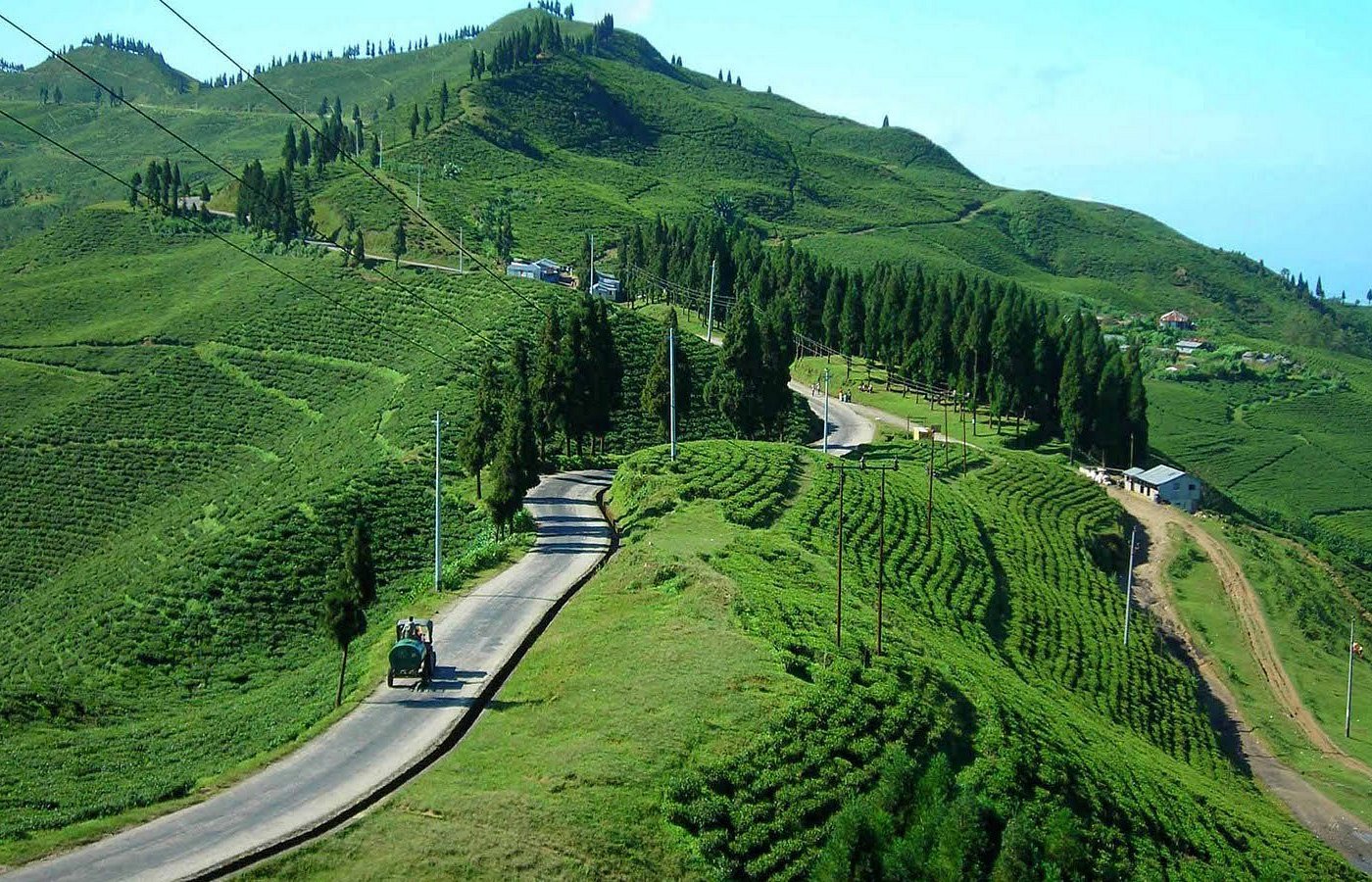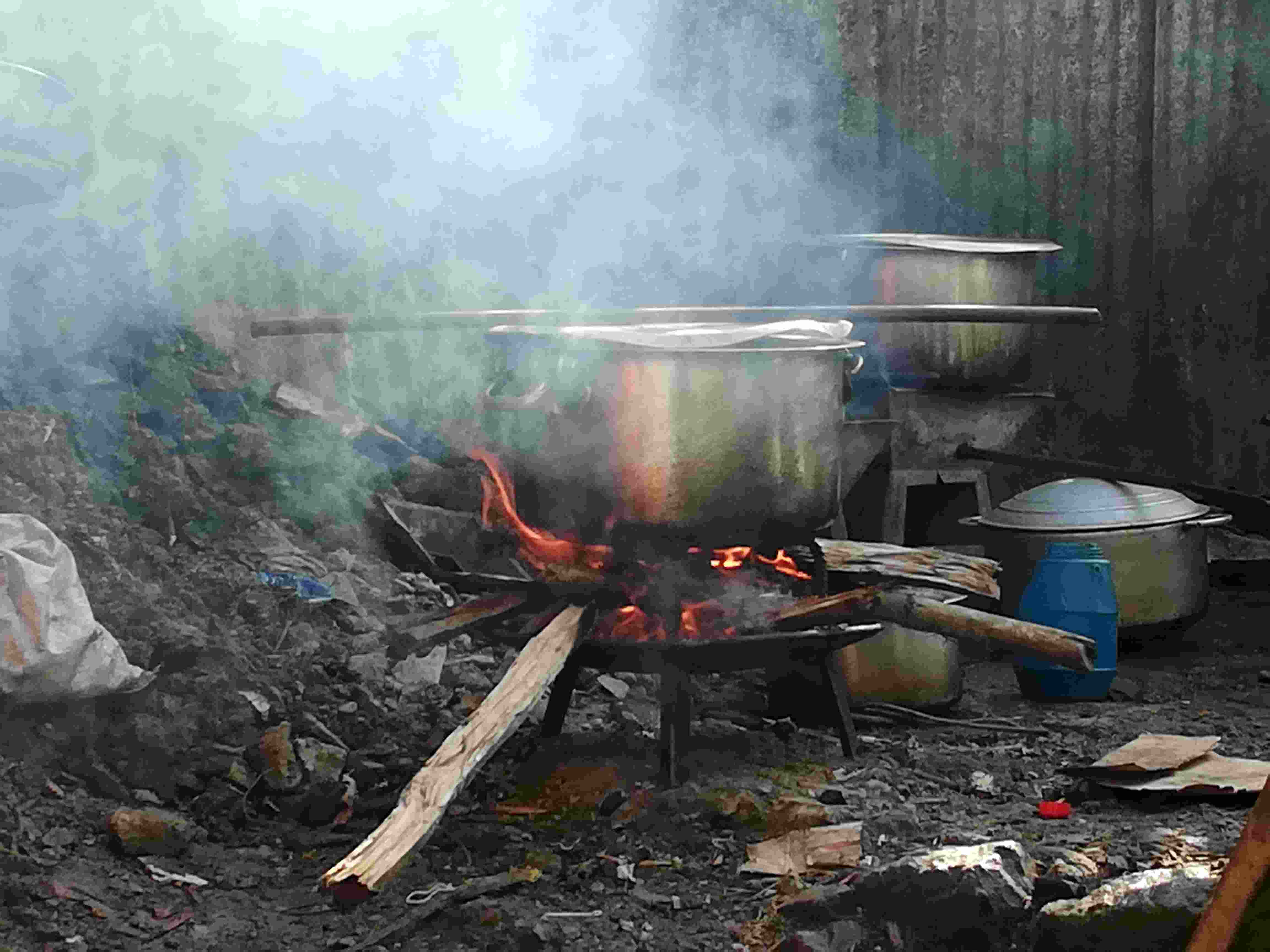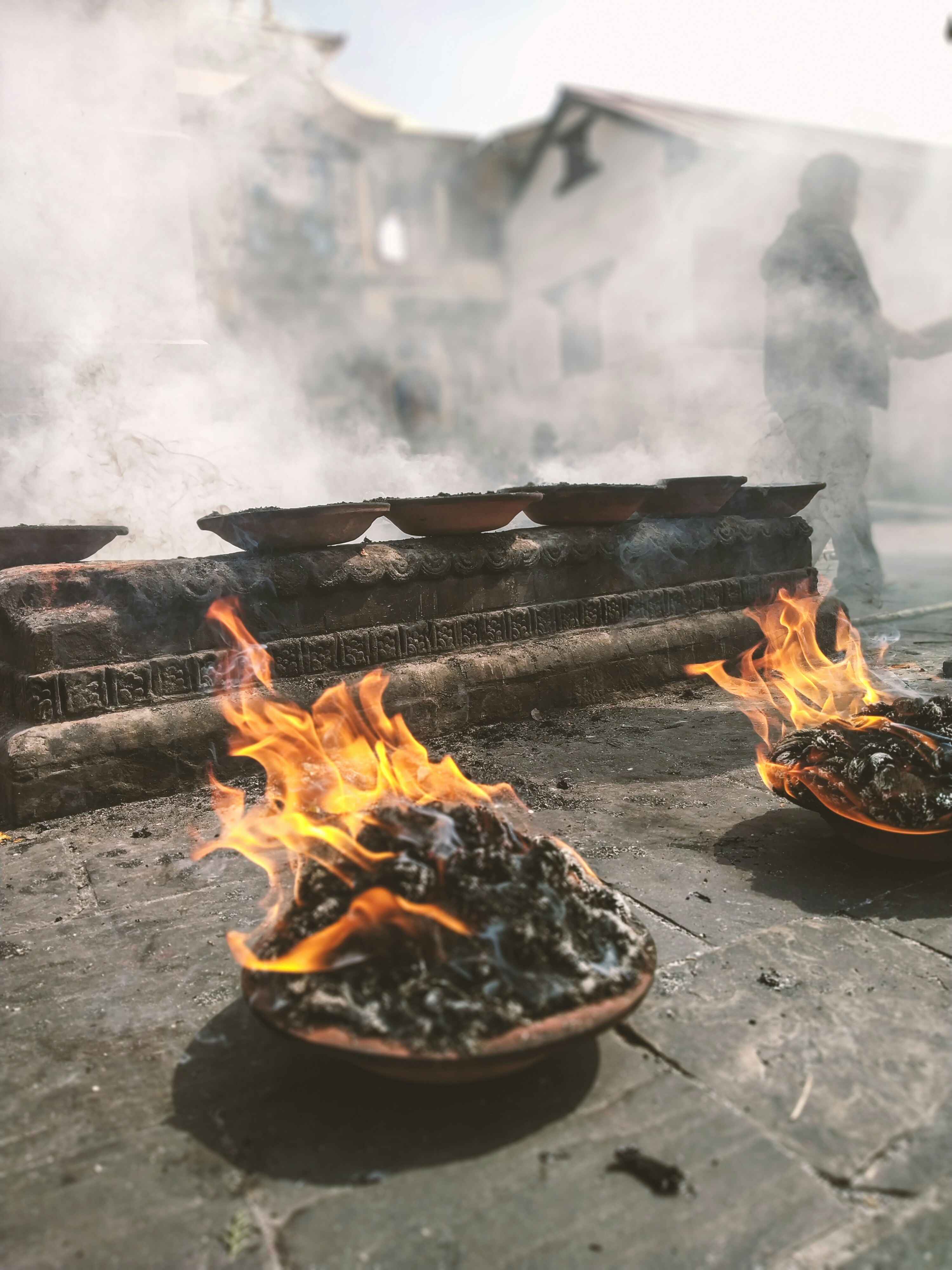Share this Article

Introduction
Situated in the eastern Nepalese hills, Ilam is a district famous for its green tea estates, beautiful landscapes, and affluent cultural heritage. Ilam is referred to as the "Queen of Hills" since its verdant green plains, foggy valleys, and wide views of the Himalayas form a haven for nature lovers and adventure hunters. Apart from its natural beauty, Ilam is also a melting pot of cultures, with diverse ethnic groups and traditions. The geography, history, economy, culture, and growing status as a tourist attraction of Ilam are explored in this article.
Geography and Climate
Ilam occupies 1,703 square kilometers in Nepal's Province 1. It borders India's Darjeeling and Sikkim to the east and south, with which it is culturally and economically connected. The district ranges in elevation from 140 meters of southern plains to over 3,600 meters of northern mountains. This range creates various climatic zones ranging from subtropical forest in the low country to cool temperate forest in the hills.
The climate is ideal for cultivation, particularly for tea cultivation. June to September monsoon rains nourish the soil, and mild winters and hot summers are conducive to farming all year round. Sandakpur (3,636 meters), the highest peak in the district, offers breathtaking views of Mount Everest, Kanchenjunga, and other Himalayan giants.
Historical Background
The history of Ilam is linked to the Limbu and Lepcha, indigenous peoples who inhabited the region for many centuries. The name "Ilam" is derived from the Limbu language, where "Il" means "twisted" and "Lam" means "road," referring to the twisting mountain roads of the district.
Ilam was assimilated into the Gorkha Kingdom (today's Nepal) during the 19th century after the conquest by King Prithvi Narayan Shah. During British colonial rule over India, Ilam served as a commercial hub between British-held lands and Nepal. Tea cultivation was developed by the British during the 1860s after they observed the success of Darjeeling's tea cultivation. Tea from Ilam is today one of the most cherished exports of Nepal (Shrestha, 2015).
Economy: Tea and Beyond
Ilam's economy revolves around agriculture, and tea is its jewel. The district produces over 90% of Nepal's tea and is thus referred to as "Nepal's Tea Capital." The first tea garden was established in 1863 in Ilam's Soktim village, and the industry has flourished ever since.
Tea Production:
Ilam tea gardens like Kanyam, Mai Valley, and Soktim are famous for producing high-quality orthodox and CTC (crush-tear-curl) teas. The cool climate, rich soil, and organic cultivation provide Ilam tea with a unique aroma and taste, which is compared with Darjeeling tea. European and Asian nations are major consumers, and their purchases contribute considerably to the economy of Nepal (Agricultural Development Office, Ilam, 2020).
Other Crops:
In addition to tea, cardamom, ginger, turmeric, and potatoes are farmed by farmers. Cardamom, or "black gold," is a cash crop and a staple in Ilam's subtropical areas.
Tourism:
Tourism is a powerful economic driver these days. Tourists flock Ilam to visit its scenic tea gardens, trekking trails, and festivals. Homestays and eco-lodges have come up, offering tourists a living experience.
Cultural Diversity
Ilam district is populated by ethnic groups such as the Limbu, Rai, Lepcha, and Newar, each contributing to the district's rich cultural heritage.
Limbu Culture:
The Limbu people, a part of the Kirati group, have a distinct language, script (Srijanga), and traditions. Their festivals, for instance, Chasok Tangnam (harvest festival), involve rituals to honor ancestors and nature. Limbu traditional dances such as Dhan Naach (stick dance) are danced during celebrations.
Religious Sites:
Ilam is endowed with sacred Hindu and Buddhist sites. The Mai Pokhari Lake, a Ramsar wetland, is a site of pilgrimage with a Bhagwati temple. Buddhists visit the Shri Antu Danda Monastery, where one catches sight of sunrise over Kanchenjunga.
Festivals:
Dashain, Tihar, and Sakela (Rais' festival) are all widely celebrated. During Sakela, people conduct dances mimicking farm labor as an expression of thanks to the earth for having yielded an ample harvest.
Tourism and Natural Beauty
Ilam's natural beauty and serene environs place it on the map as an upcoming tourist hub.
Key draws are:
Tea Gardens:
The extensive tea gardens of Kanyam and Fikkal are major draws. Visitors go to factories to see tea processed and enjoy fresh brews among views of green fields.
Antu Danda:
Located at an elevation of 2,328 meters, Antu Danda is famous for its sunrise. On a clear day, the peaks of Kanchenjunga, Makalu, and Everest are visible.
Mai Pokhari:
This heart-shaped lake lined with rhododendrons is a biodiversity hotspot. It provides habitat to the endangered red panda and clouded leopard.
Sandakpur Trek:
The trek to Sandakpur is famous for Himalayan views and diverse flora. The trail goes through villages, forests, and grasslands and offers a mix of adventure and cultural immersion.
Modern Development and Challenges
Ilam has experienced significant infrastructural development in roads, health centers, and schools. Government "Visit Nepal" promotional campaigns have also encouraged tourism, while cooperatives of farmers enable the sale of tea and spices.
Challenges, however, persist:
Climate Change: Unpredictable rainfall and rising temperatures present a threat to tea and cardamom cultivation.
Migration: Youth are migrating for work, resulting in a deficit of labor in agriculture.
Tourism Pressures: Increased tourists pose the risk of environmental degradation if not managed sustainably.
Local organizations are countering these threats through climate-resilient agriculture capacity development and ecotourism. For example, the Ilam Tea Producers' Association is promoting organic farming to maintain soil fertility (The Kathmandu Post, 2023).
Conclusion
Ilam is a microcosm of Nepal's natural splendor and cultural diversity. Its tea gardens feed the world, its festivals celebrate life, and its landscapes inspire awe. While the district walks the tightrope between development and sustainability, it is an example of resilience and harmony between man and nature.
For tourists seeking tranquility, adventurers who want to see the mountains, or culture buffs wanting to learn of traditions, Ilam offers an experience like no other into the core of Nepal's eastern hills.
Categories:
Nature & Wildlife
Tags:
Illam
,
Tea







